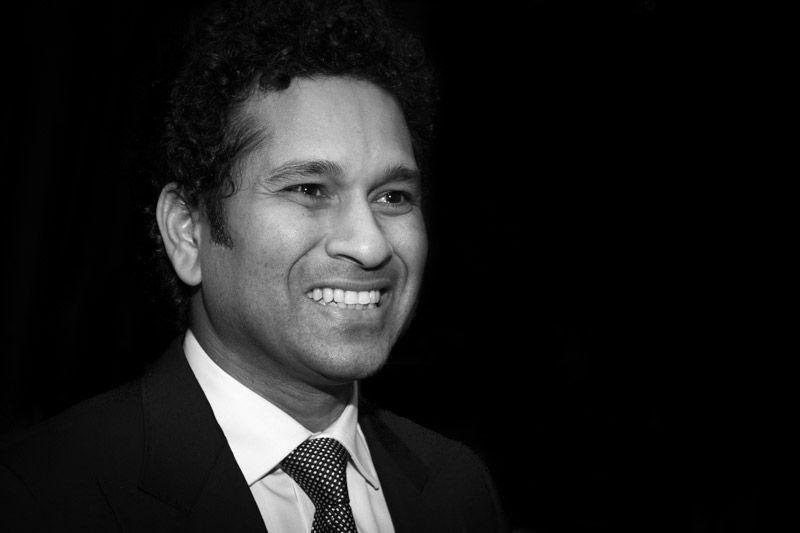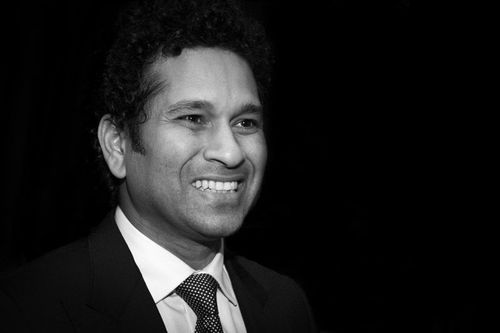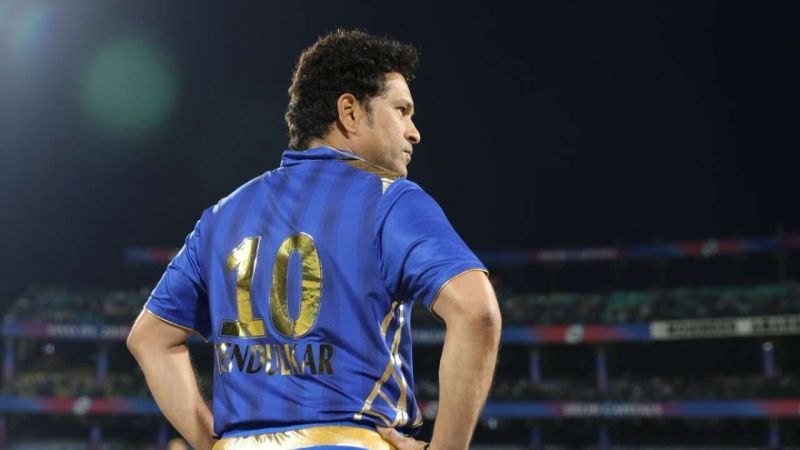
Sachin Tendulkar: Relevant as always, even decades after making history

22 April 2001. He had just played a mammoth innings of 126 off 230 balls, reserving special treatment for Shane Warne by standing outside leg stump and taking him at four an over. Sachin Tendulkar was sitting in the dressing room, stiff as a board, his eyes wide and staring, transfixed in tension at the centre of the pitch.
The rather obscure Sairaj Bahutule and Nilesh Kulkarni, who could barely hold a cricket bat, were at the crease, trembling like a pair of tongs, taking India to safe shores against Australia.
India were at the cusp of a Test series victory against Australia, one that would go on to change the game forever. A week later they would still be partying away, a turban-clad Harbhajan Singh having become a national hero, and photographs having been clicked with Prime Minister AB Vajpayee.
Ricky Ponting would later call it the greatest Test series of his career. And VVS Laxman would've been immortalized even if he didn't touch a cricket bat for the rest of his life.
But before the cramps of a marathon seven-hour knock and four full days of cricket had worn off, Tendulkar was again coming out to the centre of the Chidambaram stadium amid the obvious chant.
An almost full-strength Indian team, captained by Rahul Dravid, had come out on the same ground, this time in colored clothing, to play an exhibition match. Australia, on the other hand, were almost a disinterested side, resting all their senior players and giving a game to their 42-year-old conditioning coach Jock Campbell.
But the reason it was being played for was commendable.
The Bhuj Earthquakes had wreaked havoc on all of Gujarat and left teeming millions homeless. Clocking 6.9 on the Ritcher Scale, and a moment of magnitude gracing 8, it hit India on its Republic Day, taking away 20,000 lives and vandalizing hundreds of thousands of buildings. Its drawling sounds were still being heard two months later, and the country was flushed with soreness.
The proceeds from this match were to go to the Gujarat Relief Fund, to help rehabilitate the lives of those who had suffered from the tragedy. It would be a 40-overs-a-side contest.
Australia were chortling about it, taken aback by the large crowd that had gathered. But when it came to Tendulkar, not even an exhibition match was to be missed by his countless fans.

On that day, his bat weaved magic. He drove, pulled, cut and hooked his way to 93 off 49 balls, batting for a mere 39 minutes, with 20 hits towards or over the boundary. Before the annals of T20 were written into cricket, before Amazon or Facebook had heard their own names, Tendulkar was hurtling through the task of transitioning between formats.
The aura of it all was that the context and the cricket were independent sets. This game mattered only to one side, only to 11 individuals who were shaken by the earthquake and whose souls were being pricked by national allegiance. There was no India or Australia on that day, it was all about humanity.
Like he did after the match-fixing scandal that rocked Indian cricket, like he did after the 26/11 Mumbai terror attacks, Tendulkar stood for those precious moments of an infighting country that had come together as one when he was batting. They were ashen-faced and open-mouthed, drooling over their one legend that was putting them on the world stage and showing them that they were more than a knot of scurvily dressed, unkempt and impoverished losers.
Without ever meaning to, he gave them the feeling that every time he was stepping on the field in India blues, he was batting for them. That he was taking the world on with them, that the scant aspirations of a middle-class joker from this country weren't meant to go down the drain.
That India made 338 from their 40 overs that night and skittled Australia out for 184, was only the cherry on top of the cake that was Tendulkar.
After heartbeats stopped at the sound of timber with Tendulkar at 93, and the ground stood still as though the volume had been turned down, they didn't realize that those stats would barely be counted. Or perhaps they didn't care.
Like every other time he got out in the 90s, the crowd mourned with him. Because like always, he symbolized the fear of realizing their dreams, the dreadful belief of not deserving what they yearned. Tendulkar, like always, belonged to the common man.
12 hours after that knock, he would be viciously condemned to a cake smash in the dressing room. But 19 years later he would refrain from celebrating his birthday at all, because for him, it wasn't 'the right time to celebrate anything'.

There are many Tendulkars. The 15-year-old prodigy who scooter-pillioned from maidan to maidan playing two matches a day; the smug and swaggery curly-haired man who felt way too confident way too soon; the comatose teenager who took on Wasim Akram and Waqar Younis at the daunting shores of Pakistan; the public property of a billion Indians, the Superman who broke barriers and online platforms with a dab to third man that made him the first man on earth to register an ODI double hundred.
They rise every time the sounds of the universe fluctuate like a God-sent avatar, or like they call him, God himself.
If you look through all of cricketing history without rose-tinted glasses, combing through the statistics and records in detail, you will find numerous batsmen with the batting proficiency of this man. But nobody in the history of the game would ever have been more important than the game itself, more important than a country's Prime Minister, or more important than the food in people's bellies.
Sachin Ramesh Tendulkar was that man. And India shall be in love with him, always.
Always.